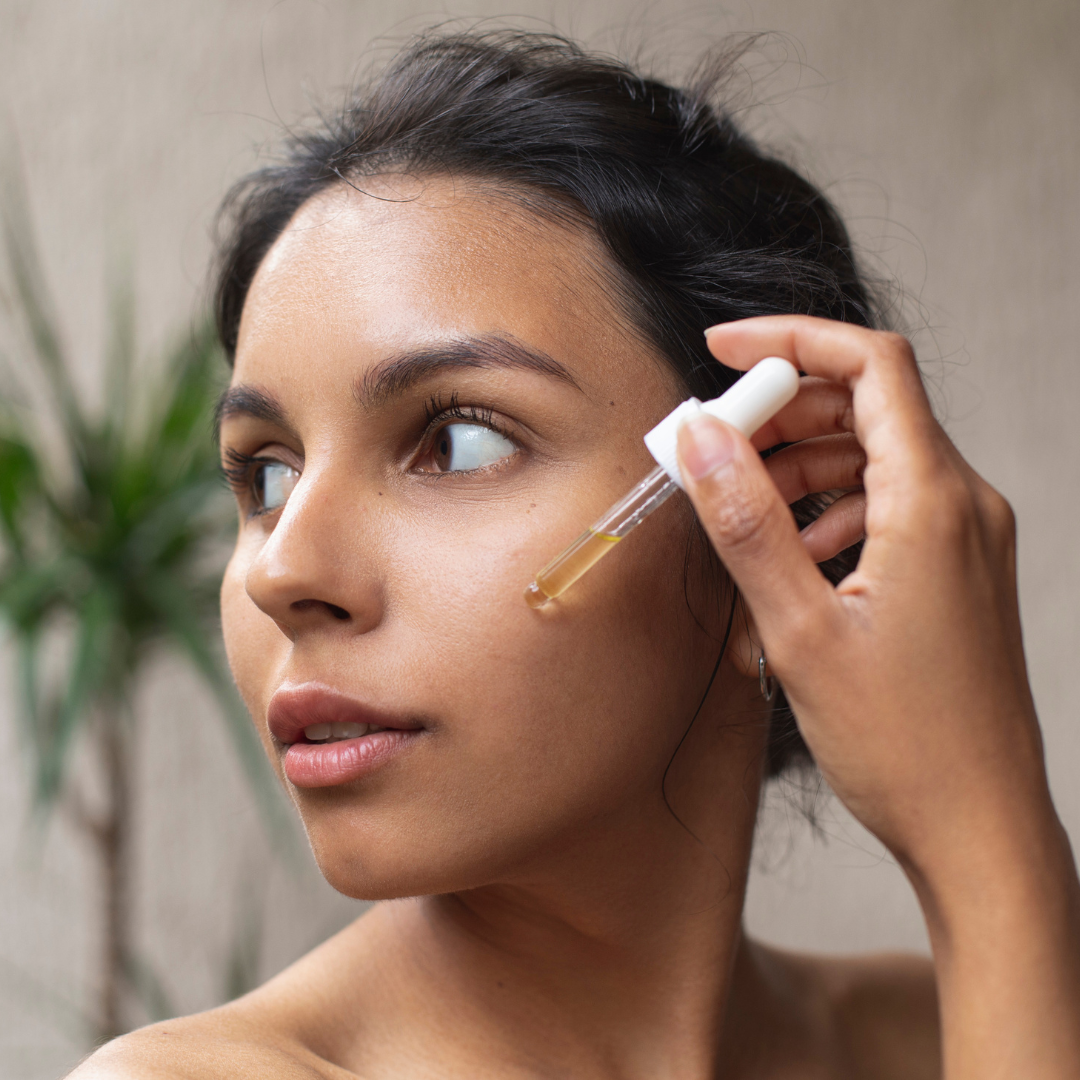
How to Determine if Your Vitamin C Serum has Oxidized
Share
Welcome, beautiful skin enthusiasts! You've made it to your one-stop destination for skincare wisdom. Today, we’re decoding a mystery that's got many of us on our toes: Has your Vitamin C serum oxidized?
But fear not, this isn't going to be a crime thriller with a nail-biting cliffhanger. This is your trusty, friendly guide to discerning if your beloved serum has turned to the dark side. Let's dive in, shall we?
What is Vitamin C?
Vitamin C, also known as ascorbic acid, is an essential nutrient crucial for various functions in the human body. It's a potent antioxidant, aiding in the protection of cells from harmful free radicals. It's also integral to collagen production, wound healing, and the absorption of iron.
Humans cannot produce Vitamin C, so we must get it from our diet through fruits and vegetables, or via supplements. Topically, it's a popular skincare ingredient due to its anti-aging and brightening properties.
The Riddle of Color Change
First off, we've been hearing a lot of chatter about Vitamin C serums changing color - from clear to a yellowish or pale orange shade. Now, we get it. You look at that bottle and think, "Oh no, my precious serum has betrayed me!" But hold on just a second before you toss it out.
Not All Color Changes Mean Trouble

Here's the thing: Not all color changes are due to oxidation. Vitamin C serums may naturally darken over time due to the ingredients used. So, your serum turning yellow or light orange might not mean it's time for a skincare funeral. It might just be going through a phase, much like your rebellious teenage years!
Let's tackle this by splitting your Vitamin C serum’s lifespan into stages and discussing what color changes may be telling us during each phase:
0-month:
Fresh out of the box, your Vitamin C serum should be clear or slightly cloudy if other ingredients are present. This is the serum in its prime state, ready to work wonders on your skin!
1-2 months
At this stage, you might notice your serum shifting to a light straw or pale yellow color. This could simply be the serum reacting to light, air, and temperature fluctuations, which is completely normal. Don't panic; it's still absolutely safe and effective to use.
3-4 months
During this period, your serum might deepen into a more pronounced yellow or light orange hue. No need for alarm bells yet; this is a natural progression and doesn't necessarily mean your serum has oxidized.
5-6 months
Your serum may now exhibit a more noticeable orange tint. At this point, it's crucial to pay close attention to other indicators of oxidation. If the smell, texture, and color all seem okay, it's likely still good to use, but you may want to speed up your usage or consider getting a fresh bottle.
The color changes we've described are general guidelines; they can vary based on the specific product and storage conditions. The best rule of thumb? When in doubt, reach out to the product manufacturer or consult with a skincare professional. Your skin deserves the best care, after all!
The Real Signs of Oxidation
So, how can you really tell if your Vitamin C serum has oxidized? Oxidized Vitamin C becomes ineffective and could even harm your skin. Here's a handy guide:

Deep, Dark Color
Oxidized Vitamin C serum usually turns a deep yellow or brown. If your serum is this color, it's time to say goodbye.
Unpleasant Odor
If your serum smells off, it's likely oxidized. Fresh Vitamin C serum has a light citrusy smell, or no smell at all.
Changes in Texture
An oxidized serum might become thicker or develop a gritty texture. If you notice such changes, it's probably best to stop using it.
How to choose the right Vitamin C serum?
The ideal Vitamin C serum should be formulated with L-Ascorbic Acid, the most potent and effective form of Vitamin C. It should have a pH range of 3.2-3.5, which ensures optimal absorption and effectiveness. The concentration of Vitamin C shouldn't exceed 20% to balance efficacy and skin tolerance. Packaging matters too - it should be air-tight and light-protective to prevent oxidation.
What Causes Oxidation?
Oxidation is a natural process that can be accelerated by exposure to air, light, or heat. To keep your serum in tip-top shape, make sure to store it in a cool, dark place. And remember to close that cap tight after use!
How to Prevent Oxidation
Here are a few more tips to keep your serum fresh and effective for as long as possible:
Keep it cool
Try storing your serum in the fridge. It might sound strange, but cooler temperatures slow down oxidation.
Use quickly
Aim to finish your serum within three months of opening it. The fresher, the better!
Opt for dark or opaque packaging
Vitamin C is photosensitive, meaning it breaks down in light. Choose serums in dark or opaque bottles to keep it protected.
So, there you have it, folks. The next time your Vitamin C serum changes color, don't jump to conclusions. Play detective, look out for the real signs of oxidation, and remember, knowledge is the best skincare weapon. Keep glowing!
